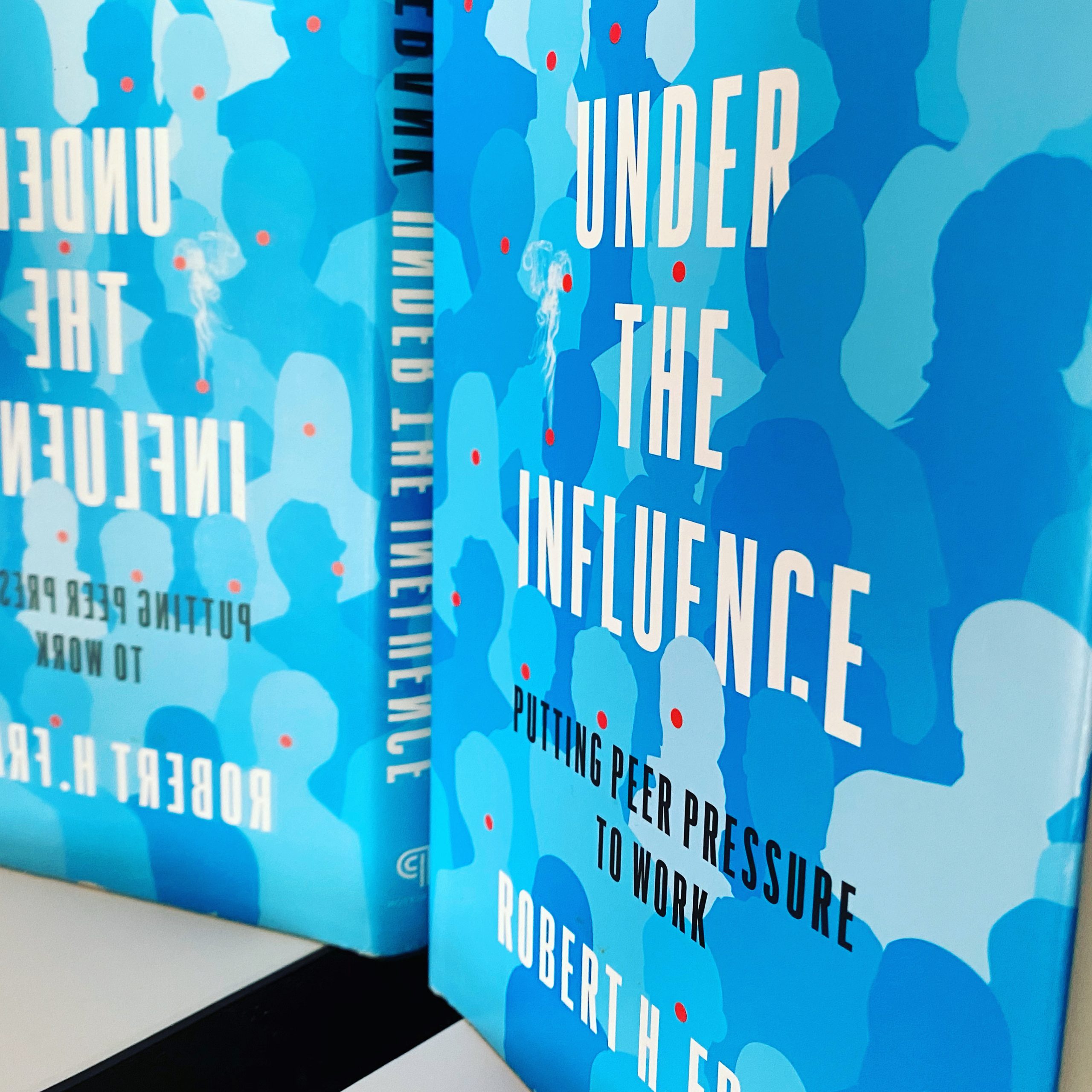"I see the downsides of AI, I see the problems for democracies [...] but at the same time, as an artist taking this as a reality, it is something I just love doing."—Boris Eldagsen, in our interview on his winning (and refusing) a prize for his AI-generated art at the SWPA.
No News Is Good News
“Do you want to go to World Press Photo and feel bad about everything?” my friend asked. It’s funny because it’s true. Every year, the World Press Photo exhibit opens in Amsterdam, this year from April 14 – July 22, and collects some of the most depressing, enraging, frustrating and violent photos in the world together in a room. This year, crowned with a picture of a man on fire as the Photo of the Year (Venezuela Crisis by Ronaldo Schemidt), is no exception.
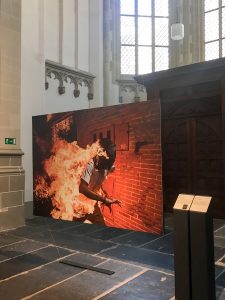
I’ve been avoiding World Press Photo this year exactly because of this photo, which, because it has been chosen as the winner, has been replicated, meme-ified, and commodified ad nauseum. The cinematic violence of it nauseates me. And it’s unclear to me why I should be attracted to nausea.
To be frank and upfront, because I’m “in” photography and because I live in Amsterdam, I know and am friends with several people from World Press Photo, just as I know and am friends with some of the photographers who wind up on the awards list. So this isn’t a particular criticism of any person, any photograph, or any organization, and is rather a reflection on the position in which I find myself: sick to death of being asked to intellectually consider the aesthetic quality of photographs of war, violence, poverty, trauma and the countless cruelties of life.
I am, of course, nowhere near the first to make such a statement. Alongside the mantra “if it bleeds, it leads,” has arisen the force of those who oppose the ideology. Much has been written on the sick pleasure of disaster-as-beauty and the dubious nature of photojournalism-as-art. Joan Fontcuberta, for example, in his 2000 essay “Cosmic Palimpsests” (published in the book Pandora’s Camera), wrote: “Something is wrong when readers can say, ‘How picturesque the favelas are, with those bright colours! What wonderful colours those polluted rivers have!’” Each year, as World Press Photo announces its shortlist and winners, articles are written debating its meaning and role. This year, Allen Murabayashi wrote on Photoshelter that “judging by the subject matter one might surmise that we’re living in a hellish dystopia, or that the jury believes pain and suffering is the most valid form of photojournalism.” It is therefore “nothing new” to take note of the (obvious) fetishization of pain in award-winning photojournalism and perhaps photography more widely, and yet, I somehow feel obligated to add to the chorus. Because, somehow, the message isn’t getting through.
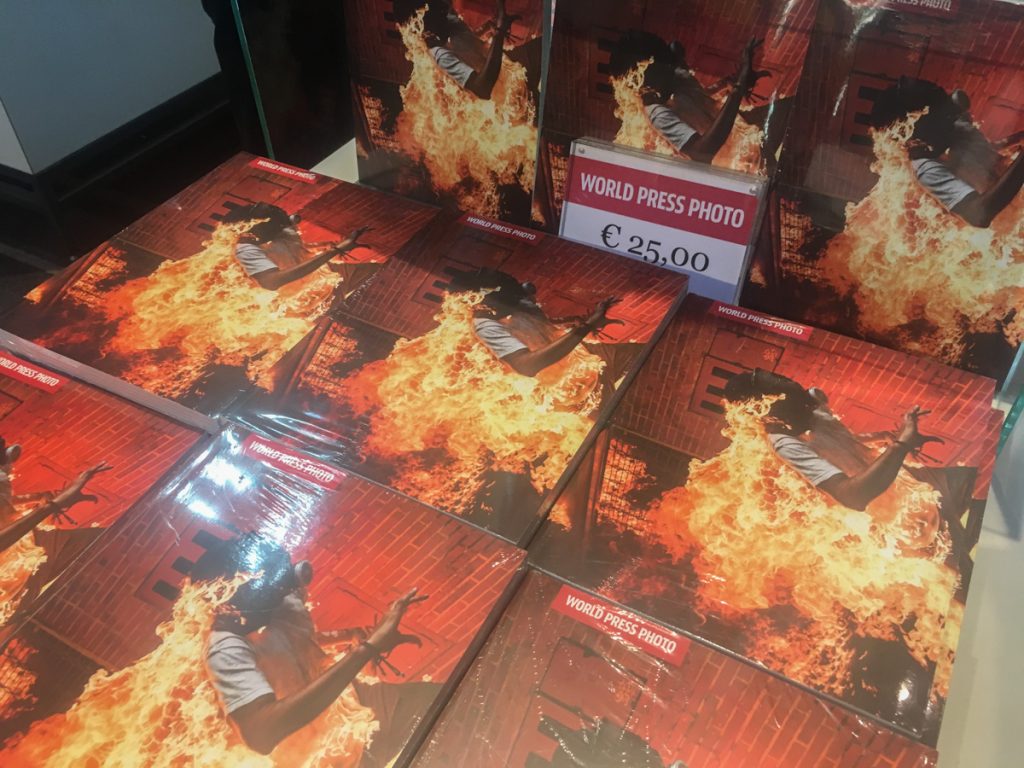
There are certain things that we have to state up front: Photojournalists risk their lives to tell the stories of others in sometimes dangerous situations, and that needs to be respected and supported. Organizations like World Press Photo offer those photojournalists, who are often underfunded or underpublished, a platform to spread their stories as well as for the winner a cash prize. There’s something noble there. And yet, if the overwhelming reaction that one has while attending an exhibition is to feel bad about everything, I want to ask in earnest, is that really the intention? Or, if people avoid the exhibition because they don’t want to feel bad, is that really something we can call a success?
My honest fear is this: it is conditioning people to associate being informed with feeling bad.
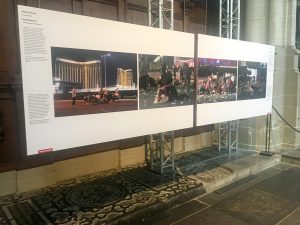
When I walk around the World Press Photo, I see the greatest hits of misery from the last year. It opens with a distraught friend of Philando Castile, who was killed by police, shown in an overwhelmingly agonized embrace in black and white. There’s the mass shooting in Vegas; there’s animals suffering from the effects of climate change, endangerment, and poaching. Rarely, I’m reminded that people are sometimes normal, as in Carla Kogelman’s endearing series on two young sisters. Regardless of all that, the pictures are presented to prize practicality—uniform, hard, isolated prints, suitable to build up and break down quickly for transport—stripping away any hint of the individuality and emotional content therein. Each of the pictures and series of the exhibition, taken independently, has exceptionally strong storytelling and emotional value. However, through their combination in this traveling exhibition, they become part of a veritable cabinet of curiosities of all the horrors in the world, and it is repugnant.
Photojournalists are often fueled by the belief that they are “bearing witness” to the world and its injustices. Again: that has value. World Press Photo asserts that it is exposing “the stories that matter.” I feel compelled to reiterate: this has value. So where are we going wrong?
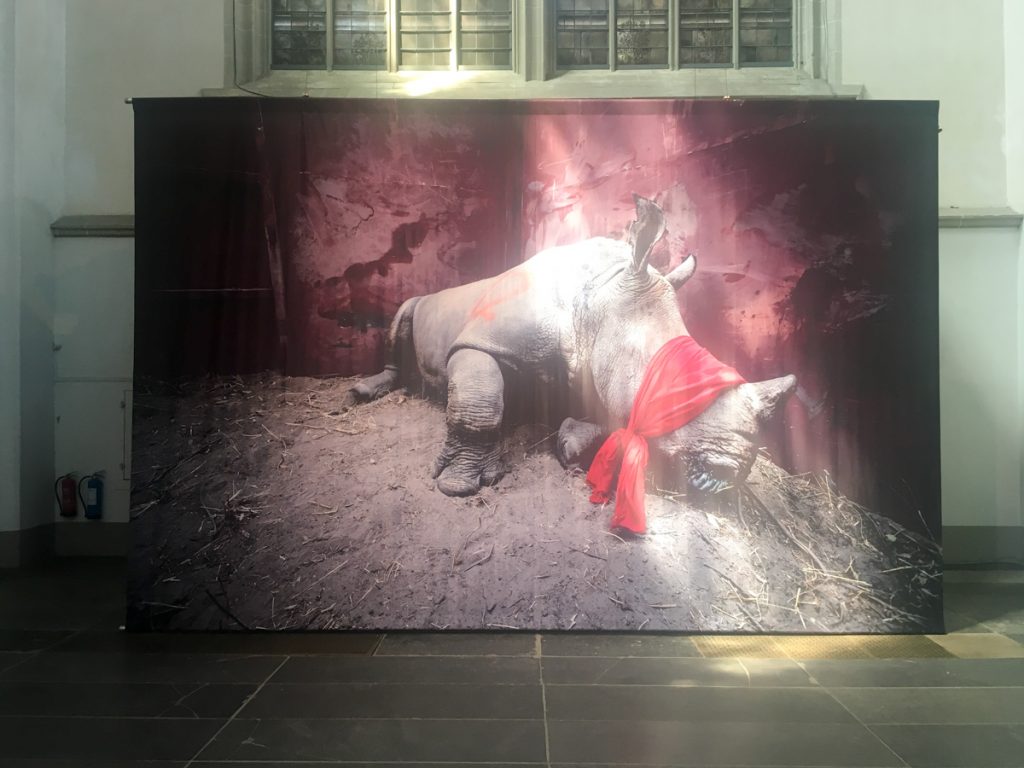
I think where we fail is fundamentally in the valuation of news-telling, by placing the weight of gold on things gone wrong. The collective form of this is dysfunction, exactly as though you were to tell someone the story of your day by focusing only on everything painful and bad that occurred to you and leaving out everything good or merely benign. It’s not that those bad things did not happen, or are not worthy of recounting, it’s just a pathologically warped understanding of reality. It renders the world unrecognizable to all but the dark side of the bell curve of cynics and depressives. The world is not a terrible place. In fact, as Steven Pinker has argued, it’s actually getting better. However, “there is a pervasive assumption that to be a serious intellectual you have to be in a state of constant indignation and dudgeon about the state of the world.” Walking around this year’s exhibition of World Press Photo, which is not really any different from previous years, fills me and indeed many visitors with visible distress. To imagine that this reaction proves its own validity is to conflate truth and tragedy. This conclusion is both inaccurate and stupid.
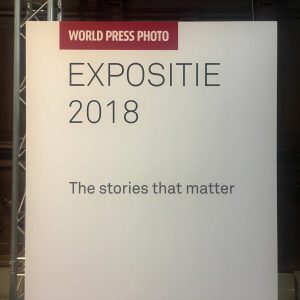 The danger of this is, to me at least, apparent. It pushes people away. It teaches people to prefer ignorance, to prefer disengagement. It even defeats the purpose of spreading “stories that matter” altogether, because it deepens the chasm between what the public is told “matters” and what they feel about their own lives has meaning. If they come to think of visiting the exhibition as an effort of caring—perhaps even done in duty of the “eat your vegetables” model of civic engagement—then that means that for the rest of the year, they don’t care. They can’t bear to. And this simply will not do, because we need people engaged in order to actually effect improvements.
The danger of this is, to me at least, apparent. It pushes people away. It teaches people to prefer ignorance, to prefer disengagement. It even defeats the purpose of spreading “stories that matter” altogether, because it deepens the chasm between what the public is told “matters” and what they feel about their own lives has meaning. If they come to think of visiting the exhibition as an effort of caring—perhaps even done in duty of the “eat your vegetables” model of civic engagement—then that means that for the rest of the year, they don’t care. They can’t bear to. And this simply will not do, because we need people engaged in order to actually effect improvements.
A few years ago, when I was visiting the exhibition WAR/PHOTOGRAPHY: Images of Armed Conflict and Its Aftermath in L.A., curator Anne Wilkes Tucker noted that some visitors cried while viewing the exhibit but she emphasized, “The point is not to make them cry; the point is to make them think.” I think, generally speaking, World Press Photo has the same ambition, yet, can I ask, ever so naively, is a collection of the “best” press photography over the year seriously supposed to be as jarring and depressing as an exhibition on war photography? Shouldn’t it be a reflection of the wholeness of life itself, full of awe and curiosity and complexity, the likes of which are somehow recognizable to us, rather than the ugliest and least flattering mirror imaginable? Shouldn’t we leave such an exhibit a little more understanding, a little more compassionate, a little more informed and inspired on important issues, a little more in love with our world?
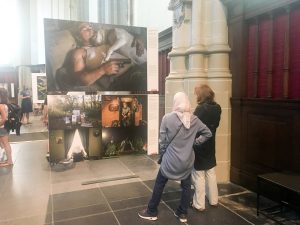 Fontcuberta argued that, at a time “when paparazzi and the celebrity/human interest-genre reign supreme, serious photo reportage gives way to mere illustration, to the aestheticisation of the world,” and mainstream media “cocoons” us from the harshness of the world. All that is left, he concludes, is “the spectacle of the pain that we do nothing to lessen.” In his essay “You Win, Photography Loses,” Donald Weber argues further for the importance of producing “good” work, based on a definition from Howard Gardner, which, aside from being meaningful to the individual producing it, also “contribute[s] to the overall well-being of a society.” These observations demonstrate to me an unfortunate truth about the aggregate of press photography, as appears at World Press Photo: it does not lessen our pain and, I’m arguing, because of this, does not add to the well-being of society. It rather illustrates some deeply unhealthy thinking about the production of our news-body. We know that, while it is instrumental for an individual or a society to acknowledge, reflect on and confront its mistakes, flaws and failures, it is unhealthy to unduly focus or perseverate on them. Yet, in news, we do exactly that. It’s one of the reasons why news has been known to make people unhappy. In such a toxic situation, it actually makes sense to disengage and to prefer being uninformed.
Fontcuberta argued that, at a time “when paparazzi and the celebrity/human interest-genre reign supreme, serious photo reportage gives way to mere illustration, to the aestheticisation of the world,” and mainstream media “cocoons” us from the harshness of the world. All that is left, he concludes, is “the spectacle of the pain that we do nothing to lessen.” In his essay “You Win, Photography Loses,” Donald Weber argues further for the importance of producing “good” work, based on a definition from Howard Gardner, which, aside from being meaningful to the individual producing it, also “contribute[s] to the overall well-being of a society.” These observations demonstrate to me an unfortunate truth about the aggregate of press photography, as appears at World Press Photo: it does not lessen our pain and, I’m arguing, because of this, does not add to the well-being of society. It rather illustrates some deeply unhealthy thinking about the production of our news-body. We know that, while it is instrumental for an individual or a society to acknowledge, reflect on and confront its mistakes, flaws and failures, it is unhealthy to unduly focus or perseverate on them. Yet, in news, we do exactly that. It’s one of the reasons why news has been known to make people unhappy. In such a toxic situation, it actually makes sense to disengage and to prefer being uninformed.
For those in the news business, this should be disturbing. An informed population is considered valuable to democracy, however it is meant to come hand in hand with engagement, as people make connections between the stories and themselves. To the extent that we continue to feed people a diet of bad news, we encourage disconnection and discouragement. Let’s not forget: stories do not exist in and of themselves, we human beings choose stories, and shape them. Ideally, when we look into a mirror of our society through a curated selection of press images, we should be able to recognize ourselves. But even beyond that, we should find more than a recounting of our errors and other justifications for self-loathing; we should find there a preponderance of qualities worth loving.
World Press Photo is on exhibit at the Nieuwe Kerk in Amsterdam until July 22, 2018, and travels for display in 100 cities in 45 countries. (See the exhibition schedule on their website.)


